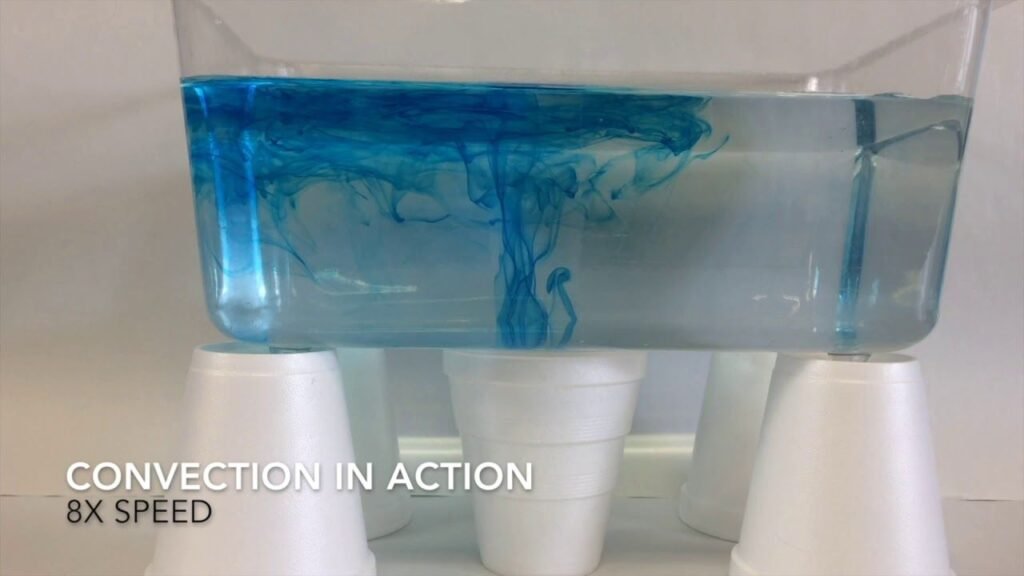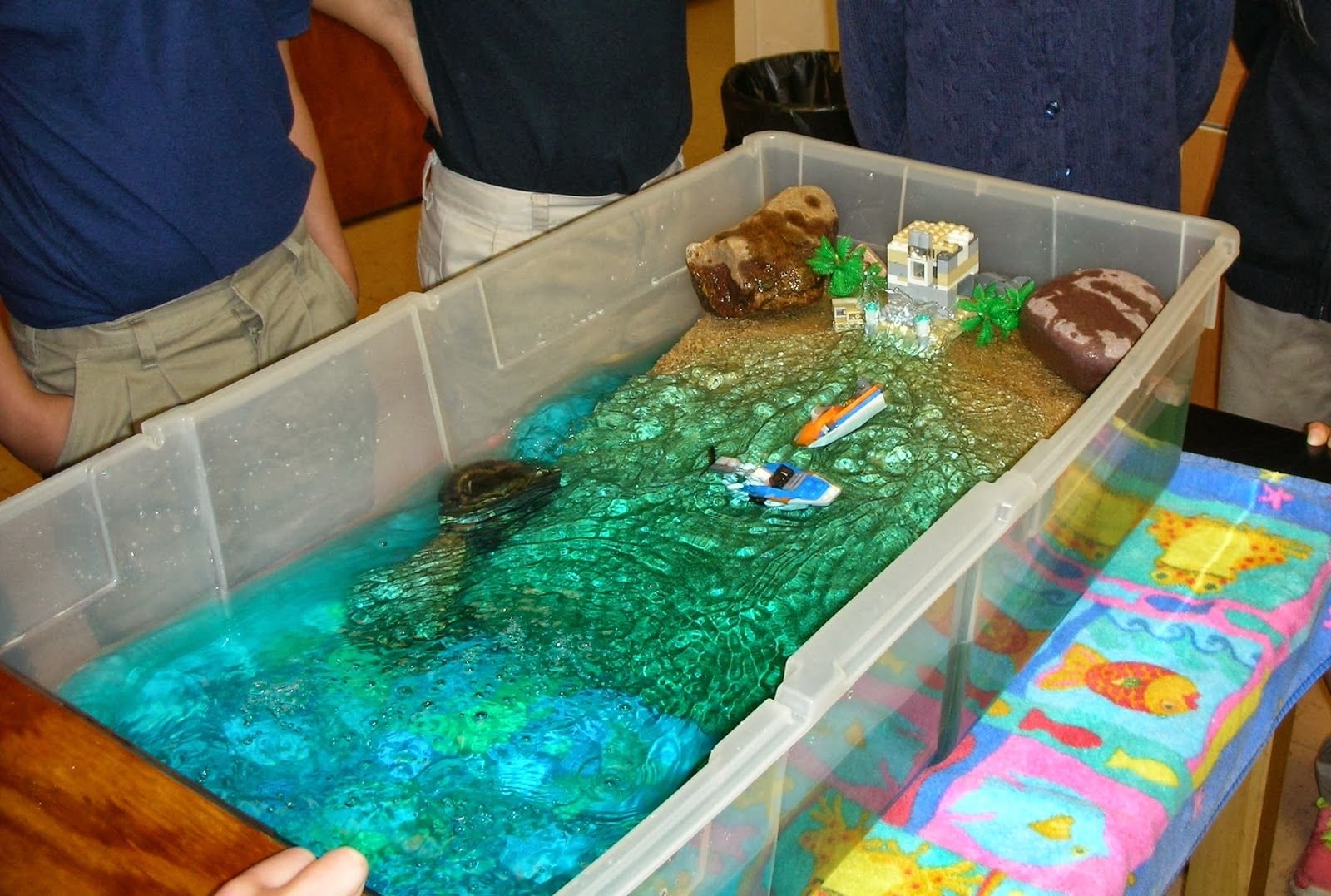Introduction
Science Labs for Middle School on Ocean Currents is an important stage when students begin to build up their interests concerning the environment. Experiential activities are heavily involved in this learning process as it affords a chance to put into practical use what is possibly abstract. I was just thinking of a few stimulating ideas one being Ocean Currents and the possible link to middle school science labs. Learning about ocean currents not only correlates with almost all parts of studies within the field of science, but also can give students a better sense of respect for the difficulties of the Earth’s marine system.
Understanding Ocean Currents
Definition of Ocean Currents
Ocean currents involves the transportation of water within the worlds oceans in large volumes. These currents play a very important role in controlling the worlds climate distributing heat and supporting sea life.
Types of Ocean Currents
There are two main types of ocean currents:
- Surface Currents: These are operated mainly by wind and are located in the upper 400 meters of the sea.
- Deep Water Currents: These are as a result of differences in density and the density depends on temperature and salinity of the water.
Causes of Ocean Currents
Ocean currents are influenced by several factors, including:
- Wind patterns
- Earth’s rotation (Coriolis Effect)
- Differences in water temperature and salinity
- The shape of the ocean basins and continental coastlines
Why Study Ocean Currents in Middle School?
Relevance to the Curriculum
Teaching about ocean currents complements with the middle school framework more appropriately in the earth science, weather, and climate strands.
Enhancing Environmental Awareness
Teaching about currents also enables the student to be aware of how the world is connected and how fragile our environment is thus taking care of it.
Building Foundational Knowledge for Future Studies
A foundation of knowledge on ocean currents prepares the child for the subsequent courses in high school and beyond like marine biology, environmental sciences, and geography.
Setting Up a Middle School Science Lab
Required Materials and Equipment
To conduct experiments on ocean currents, you’ll need:
- Clear containers or tanks
- Water
- Ice
- Food coloring
- Salt
- Thermometers
- Fans or small wind machines
Safety Precautions
Stress the position of safety in a labouratory every time and ensure you make or encourage students make good safety practices. To ensure the safety of students, make sure they wear safety goggles, should be careful when handling materials and follow instructions a to the letter.
Experiment 1: Simulating Ocean Currents with Water and Ice
Objective
To show you how temperature differences make currents in the ocean.
Materials Needed
- Large clear container
- Warm water
- Ice cubes
- Food coloring
Step-by-Step Procedure
1.Pour in warm water up to the required level in the container.
2.Squeeze a few drops of food colouring into the water used.
3.Put the ice cubes on one side of the container.
4.Here, specific directions are crucial: notice the motion of the coloured water.
Observations and Results
Students should notice displacement of the colored water by the melted ice cubes and that cold water is denser and it goes to the bottom forming a current. This mimics the motion of cold, heavy water in the sea The freezing point of water is used when discussing how the water action is simulated.
Experiment 2: Exploring the Coriolis Effect
Objective
In order to describe factors influencing the motion of ocean currents with help of the example of the Earth’s rotation.
Materials Needed
- Rotating turntable
- Shallow dish
- Water
- Food coloring
Step-by-Step Procedure
1.Pour water into the small dish to about half of the dish and place the dish on the turntable.
2.Gently rotate the turntable.
3.Drop a little food coloring in the center of the dish.
4.By watching the movement of the food coloring, the difference found above will also be seen.
Observations and Results
Students will observe that the food coloring spirals, as a model of the Coriolis Effect with which the lesson began. This impact results in moving water being bent to the right in the Northern half of the earth and to the left in the Southern half.

Experiment 3: Investigating Salinity and Temperature Effects
Objective
As a result one can discover how salinity and temperature variations impact ocean currents.
Materials Needed
- Clear container
- Warm salty water
- Cold fresh water
- Food coloring
Step-by-Step Procedure
1.Pour hot salted water into the container.
2.Pour several minutes of food colouring into the water.
3.Cautiously pour cold fresh water on one side of the container.
4.Over time watch the behavior of the two layers.
Observations and Results
Students will be able to observe how the fresh water floats on the denser onion polluted by salt and thus cause a current. What this experiment tries to simulate is how the concentration in salt and temperature influences the currents in the deep sea.
Data Collection and Analysis
Recording Observations
Guiding them to take records of their observation of the various experiments done in the class. This will help them to decode the available statistics so that they could come out with proper inferences.
Analyzing Data
Direct the students in order that they note down their observations in different experiments in order that they can analyze the factors affecting ocean currents.
Drawing Conclusions
Provide guidelines how to blend the information students gathered to create general understanding of how ocean currents operate.
Incorporating Technology in Ocean Currents Study
Using Online Simulators
In this way, such digmas as online simulators can create a substantive and visually dynamic model of ocean currents aiding students’ learning.
Educational Apps and Resources
Another important field included concerns numerous applications and websites with quizzes devoted to facilitating their interactions with concepts of ocean currents.
Connecting Ocean Currents to Global Climate
How Ocean Currents Affect Climate
It is well known that the ocean currents are major factors in the maintenance of climate on the Earth because they transport the heat from the Equator towards the polar region.
Real-World Examples
Some of these are Gulf Stream that has the effect of warming the climate of the Western Europe and the Peruvian Current or also known as the Humboldt Current that has the captivating effect of bringing nutrient to the shores of South America.
Interdisciplinary Connections
Geography
Using ocean currents to teach geography enables students to learn about geographical features and their effect to weather and climate.
Mathematics
The data collection and analysis in these experiments can also assist in the review and understanding of the mathematical ability in graphing and data analysis.
Environmental Science
Knowledge of ocean currents helps to identify the primary factors of marine organisms’ distribution and to assess their preservation.
Field Trips and Guest Speakers
Organizing Field Trips to Marine Centers
It demonstrates that students can learn from visiting marine research centers, or an aquarium where they can learn about the stingrays, considering hands on experience.
Inviting Oceanographers to Speak
Students can be able to learn from guest speakers and be motivated engage in the field of marine sciences.
Project-Based Learning: Ocean Currents
Ideas for Student Projects
Promote students to design activities, which are focused on some peculiarities of ocean currents, for example, the influence on marine inhabitants or climate changes.
Collaborative Learning
Group tasks can help inculcate appropriate skills of group collaboration and problem solving.
Assessment and Evaluation
Methods of Assessment
To check students’ knowledge of ocean currents, quizzes, lab reports, and presentations should be used.
Importance of Feedback
Engage students from their work and give feedback that enables them enhance their scientific thinking and writing skills.
Conclusion
Discs and currents also increase middle school students’ interest in learning through effective use of hands and mind. Construct knowledge of ocean currents Through discussing and analyzing different causes and effects contributing to the current students learn more on the interdependence of Earth systems. Motivate your students to further research more about the ocean, and may be we’re going to hear more success stories from them!
FAQs
1. How do ocean currents form?
Feminization is a concept that is quite extensive and complex for easier understanding it can be described as; Ocean currents are produced by wind, the rotation of the earth, thermohaline, contours of the basins, and the coastlines.
2. Why are ocean currents important for the environment?
Currents are plays a major role in the overall climate of the world, distribution of heat, transportation of nutrients and organism in the sea.
3. What are the main types of ocean currents?
The two major categories of ocean currents include the wind currents which occur on the surface of the water and therefore controlled by the wind while the other one is the density currents which are controlled by differences in density.
4. How can I make ocean currents experiments fun for students?
Choose bright materials, include computer-based activities such as online simulators, and tie experiments to real-life cases for the experiment to be amusing and fun.
5. What resources are available for learning more about ocean currents?
There are several internet sites, programs and videos that depict and explain ocean currents in detail with the use of interactive educational sites and applications.

